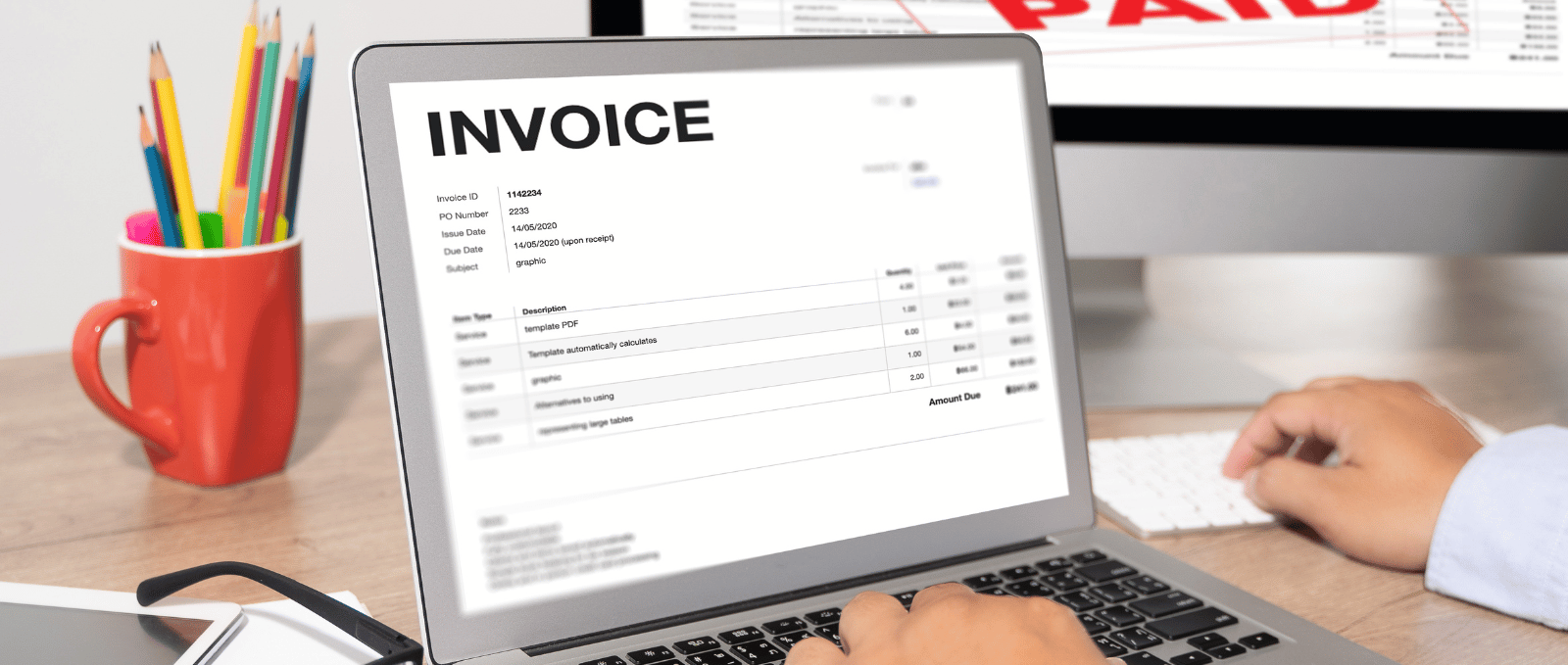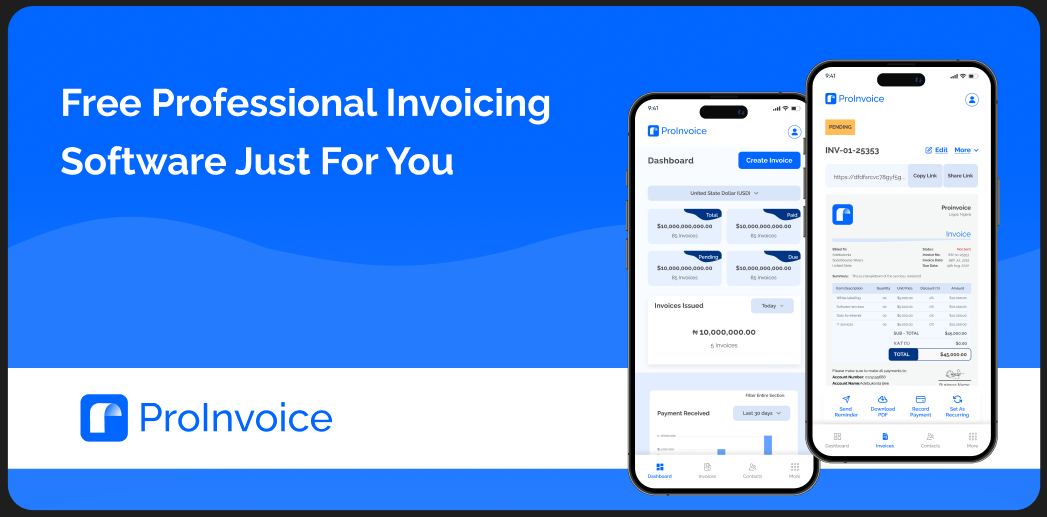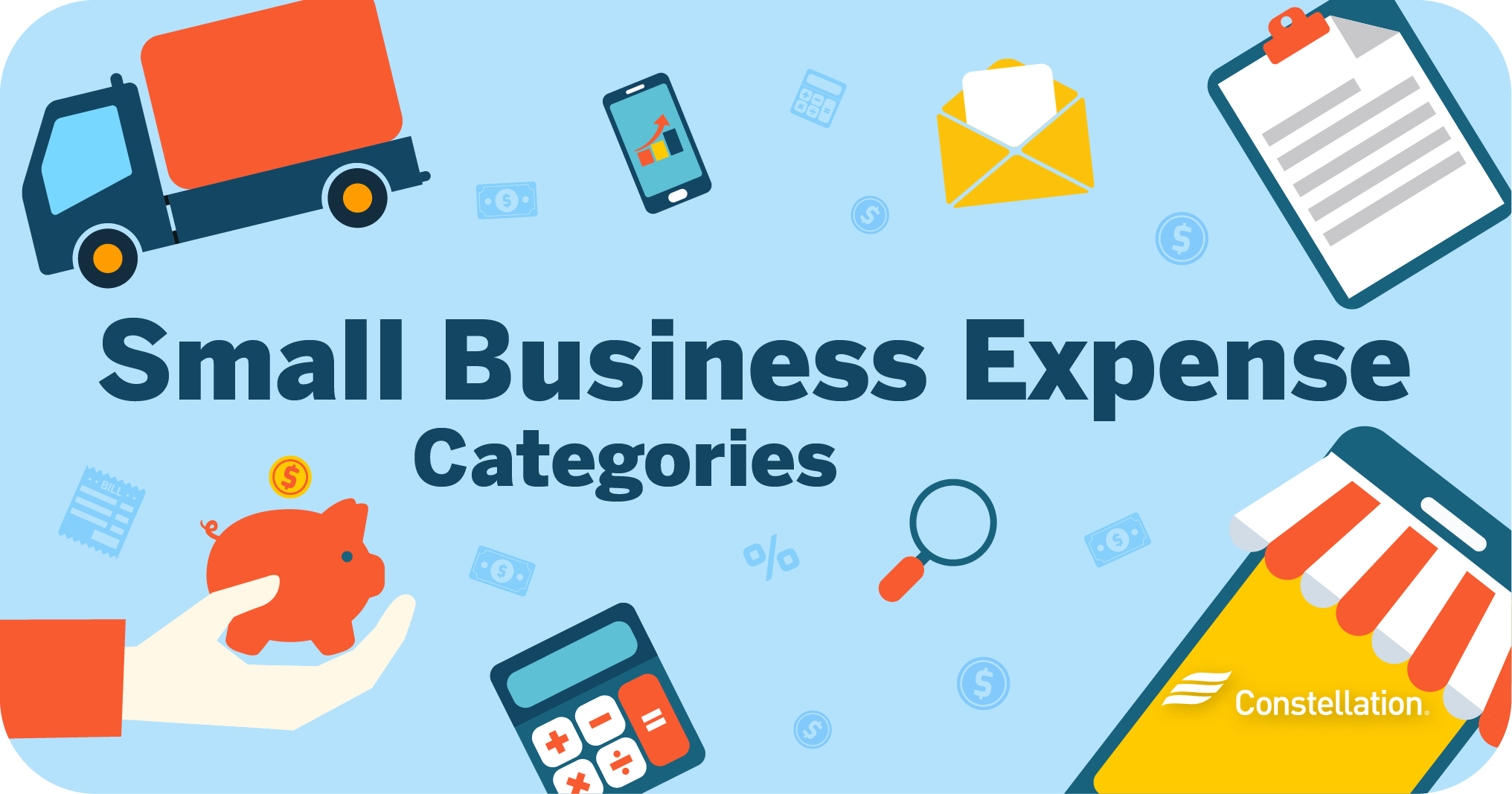Setting your hourly rate as a freelancer can feel like walking a tightrope—too low, and you undervalue your expertise; too high, and you risk alienating potential clients. Fortunately, with a structured approach and the right tools, you can confidently pinpoint a rate that reflects your worth and sustains your business.
Here’s a step-by-step guide—tailored for freelancers in South Africa and globally—on how to set your hourly rate, backed by practical insights and industry examples. Plus, discover how ProInvoice simplifies billing so that once your rate is set, getting paid becomes seamless. Sign up free today!
1. Decide on a Pricing Model
Before calculating your rate, choose the pricing structure that suits your services. Common models include:
- Hourly Rates: Ideal when timelines are unclear or revisions are likely.
- Project-Based Pricing: Best when deliverables are fixed.
- Value-Based Pricing: Charges based on the impact you deliver.
— Upwork notes that while hourly rates are a go-to, more experienced freelancers may benefit from value-based or project pricing.
Starting with an hourly rate—even if you later shift to fixed pricing—helps ensure you cover your base costs and are compensated fairly for any extra work.
2. Calculate Your Costs and Financial Needs
Set a sustainable rate by covering all financial bases:
- Business expenses: software, internet, equipment, and marketing.
- Personal living costs: rent, food, savings, and taxes.
- Non-billable hours: Estimate time lost to admin, marketing, and client meetings.
For instance, OfferZen recommends estimating your desired monthly income, dividing by billable hours, and adding your expenses to arrive at a base hourly rate.
Freelancers often underestimate the cost of “hidden” hours—so tracking this accurately can significantly impact your pricing decisions.
3. Gauge Local Market Rates
Knowing what peers charge helps you price competitively:
- A recent study shows South African freelance designers charge anywhere from R150 to over R1,000 per hour, depending on experience.
- Use industry reports (like SAFREA) or discussions in local forums to remain informed about prevailing rates and trends.
Setting your rate just below top-tier competitors can serve as an entry strategy while still positioning yourself above junior price levels.
4. Use a Freelance Rate Calculator
A structured approach can simplify the math.
- Many local freelancers pair such tools with competitors’ rate data to strike a balance between fair pricing and market standards.
You can mirror this by using budget-based calculations and comparing rates in your field for consistency.
5. Apply Key Pricing Adjustments
Once you have a number, make strategic refinements:
- Factor in local inflation and job demand. High-demand skills warrant premium pricing.
- Add value-based premiums for clients where your output directly improves outcomes.
- Prepare to raise rates gradually—as explained by Kat Boogaard (10–20% every 6–12 months).
Tracking performance and raising rates thoughtfully helps you maintain income growth without surprising long-term clients.
6. Test and Refine Your Rate
Freelancer rates are not forever. Apply this mindset:
- Quote different rates in client conversations and observe acceptance.
- Don’t undervalue early on—start comfortably and adjust upward as your confidence and results grow.
- Offer limited-time discounts to gain initial traction, then adjust to full pricing later.
Over time, adjust based on your financial goals, client feedback, and market shifts.
7. Real-Life Example: Cape Town Freelance Graphic Designer
Below is a simplified calculation:
| Item | Amount (R) |
|---|---|
| Desired Monthly Income | 30,000 |
| Monthly Business Expenses | 5,000 |
| Available Billable Hours | 80 |
| Calculated Hourly Rate | (30,000+5,000)/80 = R437.50 |
Benchmark this against the R150–R700 range noted earlier Flow Design SA. Start at R450/hour and raise to R550–600 as demand and experience grow.
8. Simplify Billing with ProInvoice
Once your rate is set, billing needs to be seamless:
- Generate polished invoices instantly using your rate templates through ProInvoice.
- Track who’s paid, send automated reminders, and reduce admin stress.
- Use reports to measure your effective hourly earnings by comparing the billed amount to the time logged.
(Sign up here and level up your invoicing process: ProInvoice)
Final Thoughts
Setting your hourly rate isn’t a one-off exercise—it’s a business discipline. Begin by capturing your costs, learn the market, test your numbers, and adjust over time.
By pairing thoughtful pricing with efficient billing tools like ProInvoice, you ensure not just earnings but sustainable income, streamlined operations, and professional growth.













